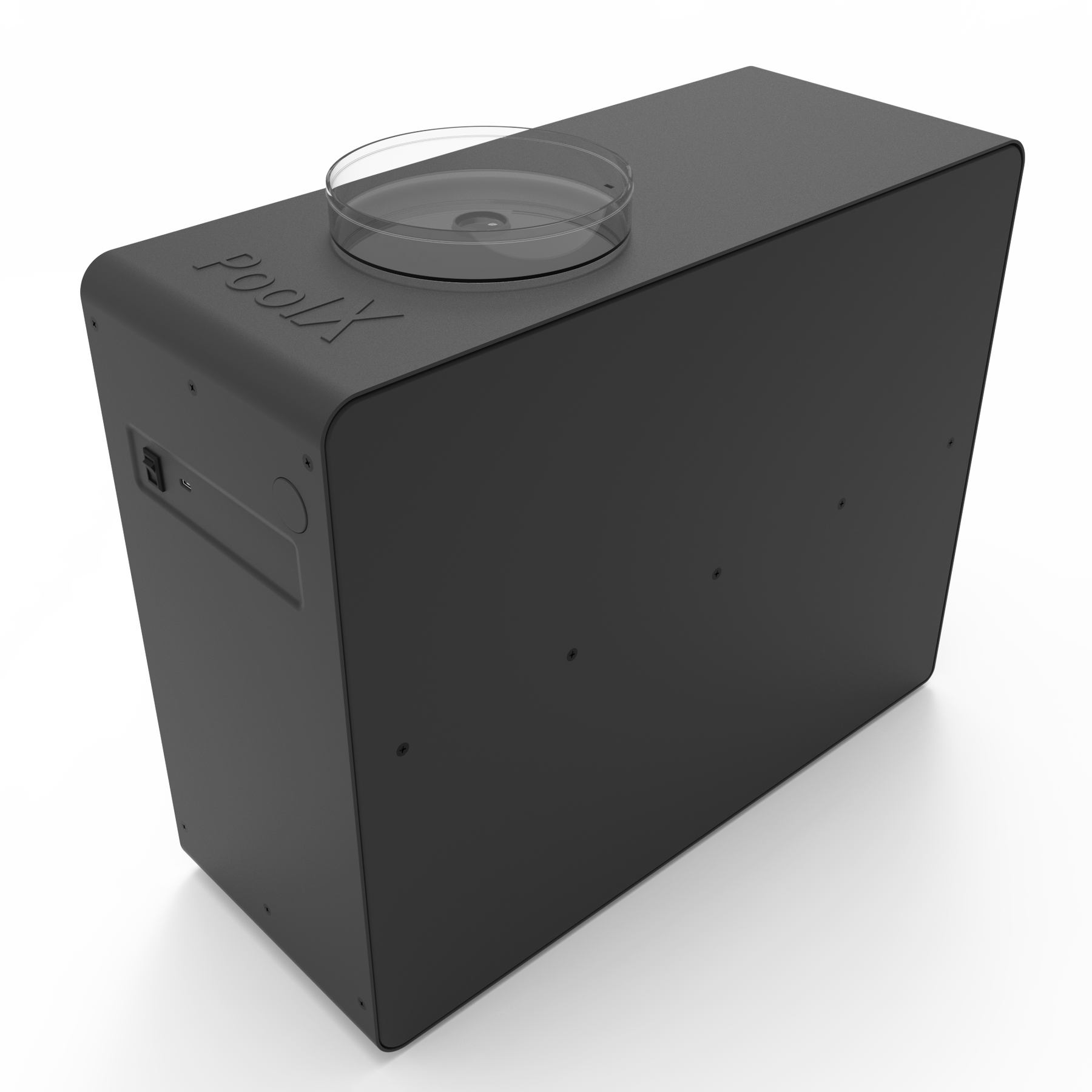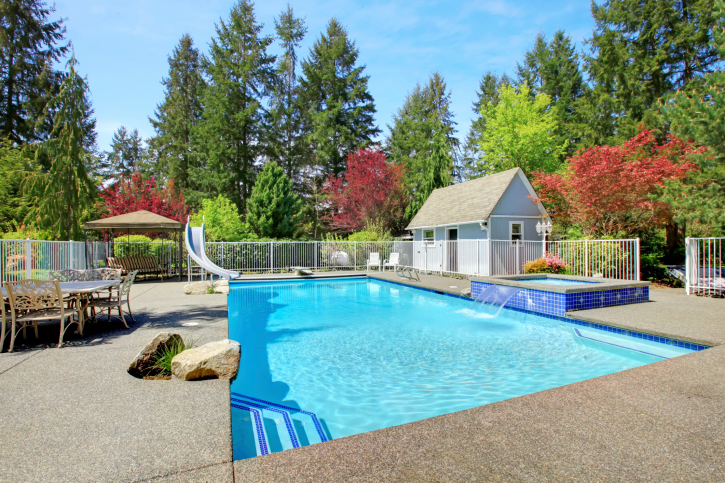Maintaining a swimming pool can be a delightful experience, providing a refreshing escape during hot summer days and a fun gathering spot for family and friends. However, ensuring your pool water remains clean and safe is crucial for a pleasant swimming experience. One of the most important steps in pool maintenance is shocking your pool. So, how do you shock a pool? Let’s dive into the details and uncover the steps and benefits of this essential pool care task.

What is Pool Shocking?
Pool shocking, also known as super chlorination, involves adding a large dose of chlorine or non-chlorine chemicals to your pool to eliminate contaminants, bacteria, and other harmful substances. This process is essential for maintaining clear, clean, and safe water for swimming. By shocking your pool, you effectively break down organic waste, improve water clarity, and prevent the growth of algae and bacteria.
Why Pool Shocking is Important
Let’s delve into why pool shocking is a critical aspect of pool maintenance:
- Removes Contaminants: Even with regular pool maintenance, contaminants such as sweat, body oils, and debris can accumulate in the water. Shocking your pool helps neutralize these impurities.
- Kills Bacteria and Algae: Shocking your pool destroys harmful bacteria and algae, ensuring the water remains safe for swimming.
- Enhances Water Clarity: Regular pool shocking improves the overall clarity of the water, providing a more visually appealing swimming environment.
- Prevents Chloramine Buildup: Chloramines are compounds formed when chlorine combines with nitrogen-based contaminants. Shocking the pool breaks down these chloramines, eliminating unpleasant odors and irritation.
When to Shock Your Pool
Knowing the right timing for pool shocking is vital:
- After Heavy Usage: If your pool has been heavily used, such as during a pool party, shocking is necessary to remove accumulated contaminants.
- After Rainfall: Rainwater can introduce impurities and affect the chemical balance of your pool. Shocking after rainfall helps restore water quality.
- At Night: Conducting pool shocking at night allows the chemicals to work effectively without being degraded by sunlight.
- Monthly Routine: As part of regular maintenance, shocking your pool at least once a month ensures consistent water quality.

Steps to Shock Your Pool
Here is a step-by-step guide on how do you shock a pool effectively:
Step 1: Test the Water
Before shocking your pool, it’s important to test the water’s chemical levels. This includes checking the pH, total alkalinity, and chlorine levels. Balancing these parameters ensures the shock treatment is effective.
Step 2: Gather Supplies
Ensure you have the necessary supplies for pool shocking:
- Pool Shock: Choose between chlorine-based and non-chlorine shock products.
- Protective Gear: Wear gloves and goggles to protect yourself from the chemicals.
- Bucket: Use a bucket to mix the shock solution.
- Stirring Stick: A stick or a long-handled spoon can help mix the solution.
Step 3: Mix the Shock Solution
Fill the bucket with pool water, then add the required amount of shock product according to the manufacturer’s instructions. Stir the solution until the shock granules are fully dissolved.
Step 4: Distribute the Shock Solution
Slowly pour the shock solution around the edges of the pool, allowing it to disperse evenly in the water. Make sure to distribute the solution away from pool skimmers and return jets to avoid concentration in one area.
Step 5: Wait and Test
Allow the shock treatment to work overnight. The next day, test the water again to ensure chlorine levels have returned to safe levels before swimming.

Types of Pool Shock
There are different types of pool shock treatments available. Let’s explore the options:
Chlorine-Based Shock
This type of shock is highly effective at eliminating bacteria and algae. It is available in various forms, including calcium hypochlorite and sodium di-chlor. Chlorine-based shock treatments are ideal for regular maintenance and addressing water issues.
Non-Chlorine Shock
Non-chlorine shock treatments, such as potassium monopersulfate, are oxygen-based and do not contain chlorine. They are effective at oxidizing contaminants and are suitable for routine maintenance. Non-chlorine shock is particularly beneficial for pools with sensitive skin swimmers.
FAQs on Pool Shocking
How often should I shock my pool?
It is recommended to shock your pool at least once a month as part of regular maintenance. Additionally, you should shock your pool after heavy usage, rainfall, or when you notice water issues.
Can I swim immediately after shocking my pool?
No, you should wait until the chlorine levels return to safe levels before swimming. This typically takes 8-24 hours, depending on the type of shock treatment used and the water’s chemical balance.
Are there any alternatives to chlorine-based shock treatments?
Yes, non-chlorine shock treatments are available and effective. They are oxygen-based and suitable for swimmers with sensitive skin. They oxidize contaminants without using chlorine.
Conclusion
Maintaining a clean and safe swimming pool requires a combination of regular maintenance tasks, including pool shocking. By understanding how do you shock a pool, you can ensure that your pool remains a healthy and enjoyable space for everyone. Remember to test the water, gather the necessary supplies, and follow the outlined steps for effective pool shocking. With proper care, your pool will continue to provide endless fun and relaxation for years to come.
For more tips on maintaining your pool and other home improvement projects, visit home repairs, power generator, actions to attain loan. For more detailed information on pool maintenance, visit this external link
As an Amazon Associate, I earn from qualifying purchases.

